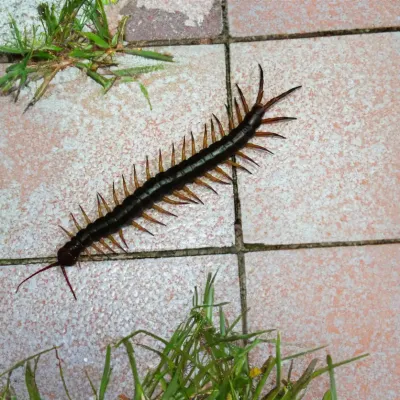About Centipedes & Millipedes

Centipedes and millipedes are among the most common “accidental invaders” in Central Alabama homes. They thrive in damp, shaded environments like mulch beds, basements, and crawl spaces. While they rarely cause harm, their sudden appearance indoors—sometimes by the dozens—can be unsettling.
Habits and Behavior
- Centipedes are predators that hunt at night, feeding on spiders, roaches, and other insects. They move quickly, often startling homeowners, but bites are rare and not medically serious.
- Millipedes feed on organic matter such as leaves and mulch. They are slow-moving, curl into a coil when disturbed, and may release a mild fluid that has a strong odor.
Common Species in Central Alabama
- House Centipede: Long legs, fast-moving, usually found in bathrooms or basements.
- Soil Centipedes: Smaller and wormlike, living under rocks and leaf litter.
- Brown and Black Millipedes: Often appear in mass migrations after heavy rains or droughts.
Seasonal Trends
Moisture changes drive activity. After spring storms or in fall when conditions shift, millipedes often invade foundations in large numbers. Centipedes remain more solitary but are active year-round indoors where humidity persists.
Frequently Asked Questions
Are centipedes beneficial?
Yes. They prey on other household pests like roaches and spiders.
Are centipedes dangerous?
No. Local species rarely bite humans, and when they do, it feels similar to a bee sting.
Do millipedes damage homes?
No. They don’t eat wood or fabric and usually die quickly inside.
Why do millipedes invade in large groups?
Weather extremes—too wet or too dry—push them indoors seeking stable moisture.
